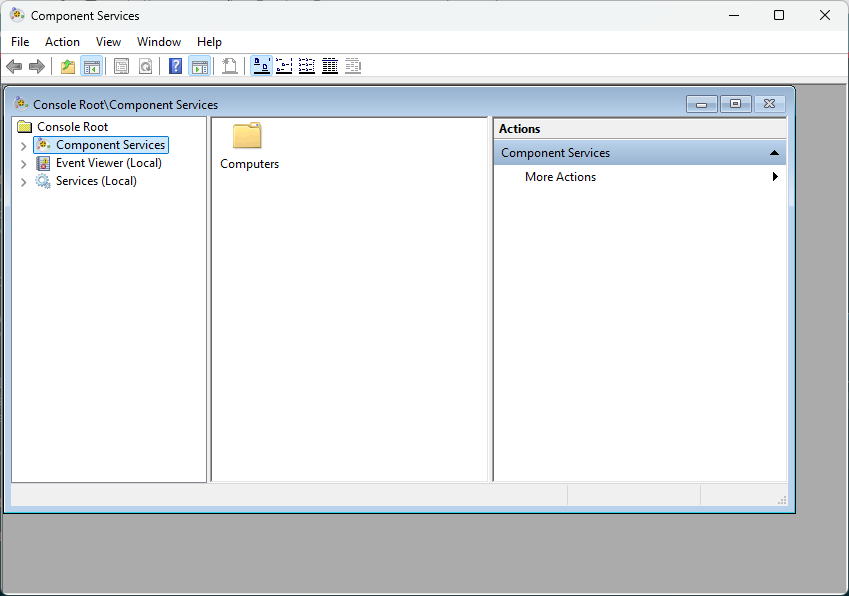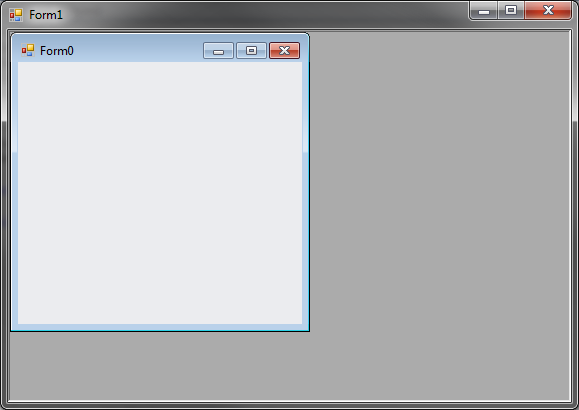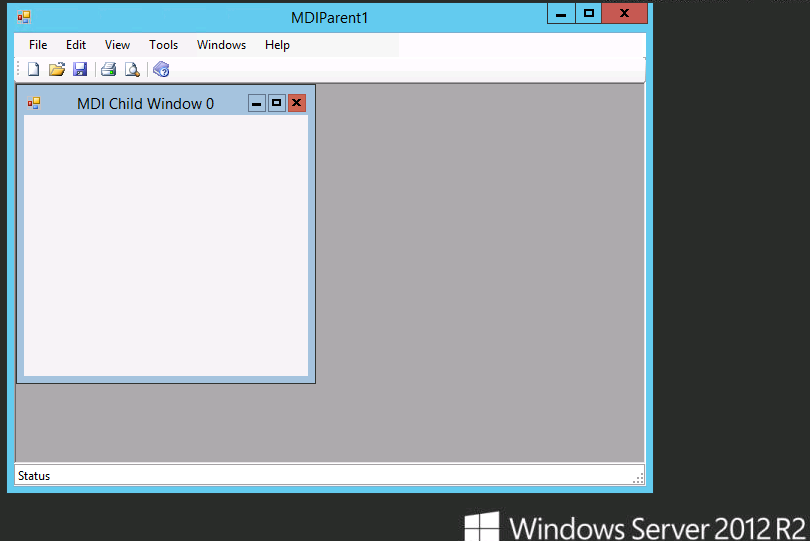I recently saw this issue on GitHub, and I decided to make a post explaining exactly what causes this. (It's not an issue with Windows Forms, by the way.)
Essentially, when you use a MDI apllication such as Microsoft Management Console on a modern version of Windows such as Windows 11, you will see that the window frames for all child windows are identical to the Windows Basic window frames used in Windows Vista and 7.

Windows 7 behaved identically, using the Windows Basic theme for child windows even when DWM was enabled:

Aero Glass and Windows Basic were both offically removed in Windows 8, so what is causing this?
While Windows 8 removed Aero Glass, it didn't remove the Aero theme. The theme is still called aero.msstyles, they merely replaced the DWM window frames with ones that matched the Windows 8 (and later Windows 10/11) design langauge.
The way Windows Basic worked in Vista/7 was essentially a switch to turn DWM on or off for the PCs that met the requirements (for PCs that didn't, Basic was the only option). It was still aero.msstyles, but using an evolved vesion of the Windows XP theme engine lacking the desktop composition of DWM, which in Vista and 7 required a graphics card that supported WDDM. In Windows 8, software rendered DWM was introduced, thus allowing Microsoft to remove Windows Basic from the user interface (along with Windows Classic, which disabled the theming engine altogether.) Another reason the ability to turn off DWM was removed is because the Metro UI in 8 required desktop composition to work, and thus disabling it would break it.
MDI child windows do not use composition and thus fall back to the non-DWM window frame, which are one and the same as Windows Basic. Which gets to the root of why child windows look that way: Microsoft never bothered to update the non-DWM window frames of the Aero theme to match the look of Windows 8 onwards.
However, Microsoft did update the non-DWM window frames to match the Windows 8 design langauge; just not in aero.msstyles. In Windows Server 2012 and 2012 R2, the default theme is Aero Lite, not Aero. Aero Lite was forked from Aero early during Windows 8 development, and was designed to replace the Windows Classic theme for both Server SKUs and the high contrast theme. Thus, it lacks many of the fancy visual effects that Aero (even after Glass was removed) has. And interestingly, MDI child windows don't use the old Windows Basic window frames.

Why is this? It's likely because Server Core does not have DWM at all, in addition to MDI applications likely being used much more often on Server and that Aero Lite was never intended to have transparency, whereas Aero Glass was removed fairly late in Windows 8 client's development, in May 2012. Although Windows Server 2016 switched Server SKUs to the same theme used on client versions of Windows, Server Core continues to use Aero Lite.